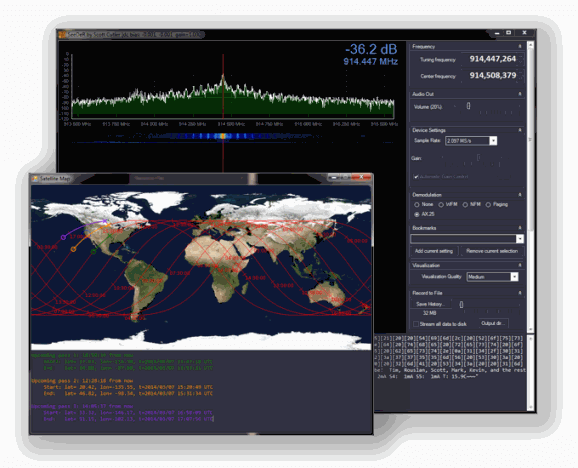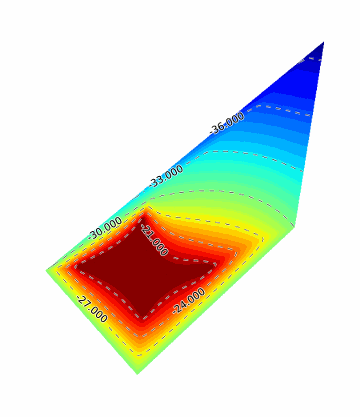SeeDeR: New SDR GUI Software Supporting RTL-SDR
SeeDeR is a new software defined radio GUI program that supports the RTL-SDR. It also supports the Funcube Dongle and BladeRF. Currently it is in an early beta release.
SeeDeR contains features specifically developed for decoding radio data transmissions from satellites – in particular the crowdfunded SkyCube satellite – such as a built-in AX.25 decoder, and a satellite pass predictor.
SeeDeR requires a PC with Windows 7+, 1+ GB RAM, 2+ GHz dual-core CPU, 20 MB HD space. The executable is 32-bit.
We need to note that SeeDeR has been a cause of some friction with the author (Youssef) of SDR# and may be part of the reason why SDR# was temporarily removed. Youssef is claiming that SeeDer has illegally used licenced code from SDR#, however the author of SeeDer refutes that claim.


